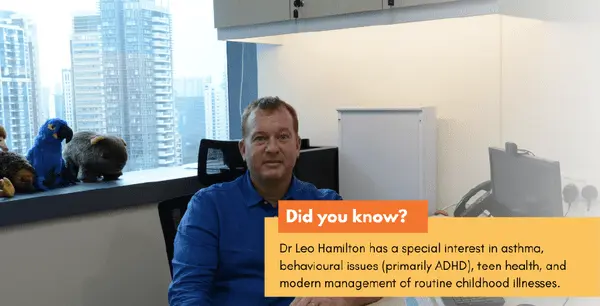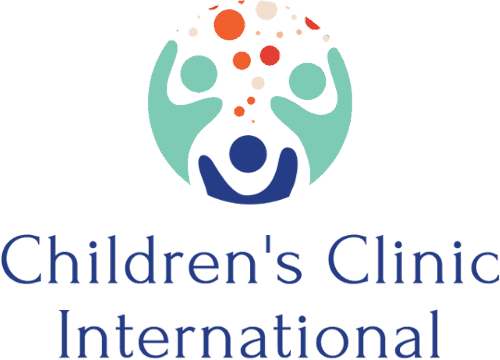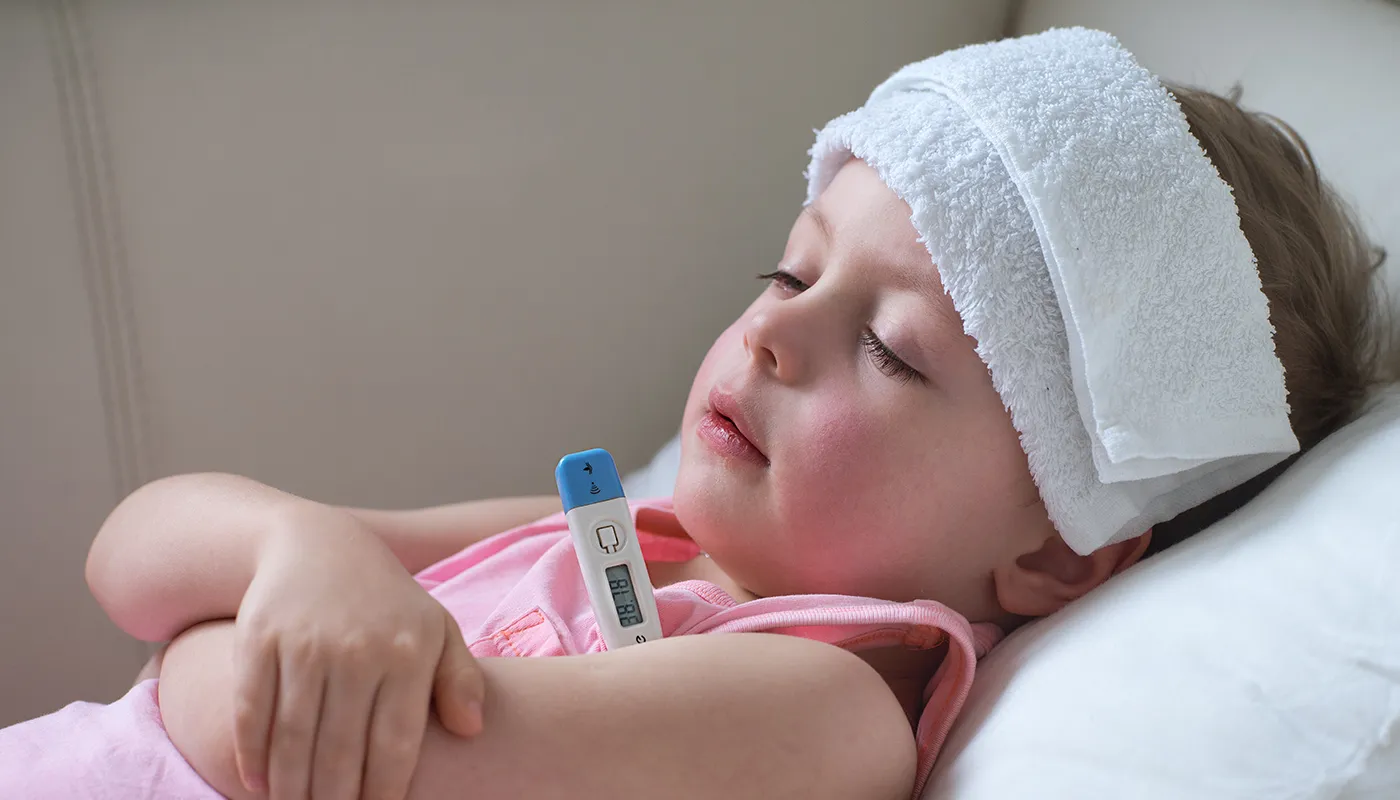ADHD: ADHD is more limited, affecting attention and focus, most commonly showing up as problems in school. ADHD is rarely found until after age 6, mostly later in school as work gets more complex and grades suffer. It only appears as a child gets older and starts to miss milestones.
A Deeper Look at How ADHD and Autism Differs in Children

With lockdown measures being implemented to varying degrees across the world, many parents now have to take on the role of a teacher and help their children manage their home-based learning. This also means parents are spending more time observing their child learn, and in the process, some might notice their child facing certain learning challenges like being unable to focus on simple tasks like finishing their homework and have trouble concentrating during online lessons.
More often than not, these challenges could be due to the change in routine and children trying to adjust to the new normal. However, some of these challenges could also hint at an underlying condition like autism or Attention Deficit Hyperactivity Disorder (ADHD). Autism, also commonly referred to as the autism spectrum disorder (ASD), can have similar symptoms to ADHD.
It is, however, important to note that autism and ADHD are two very different problems, requiring different management approaches.
In this article, Dr Leo Hamilton from Children’s Clinic International breaks down the key differences between both conditions.
1. When Autism and ADHD Gets Noticed
Autism: Autism is a broad category, ranging from mild to severe issues when it comes to interacting with others. It can be diagnosed sometimes as early as age 1-2 years, but more often it is not noted until close to age 3 when speech and social milestones are falling further behind.
Many of the behaviours common to ADHD are normal for a small child, who usually have limited attention and are constantly in motion, and are outgrown by school-age with no need to intervene or treat.
2. How Children Show Signs of Autism or ADHD

Autism: In mild autism (what used to be called Asperger’s Syndrome), a child faces difficulties in expressing his/her feelings and thoughts. Sometimes he/she struggles to have eye contact and they rarely respond to social interactions.
ADHD: In ADHD, a child talks continuously and in social settings, does not notice how their words affect other people. They interrupt others.
3. Does Autism or ADHD Affect My Child’s Academic Learning or Social Skills?
Autism: Mild autism may not limit a child. It does not always affect intelligence, and with little or no help socially, your child should be able to succeed and have a normal life. He/she may need some help managing friendships and learning to respond to normal social cues, but in the long term, they are usually fine. Mild autism is classically portrayed as someone who is very smart but also very socially awkward.
More severe versions of autism can cause more serious problems that may be much more limiting. Autism can also appear as a speech delay and your child might suffer from sensory challenges.
ADHD: The most common problem in a child with ADHD is defiant and aggressive behaviour. This includes refusing (more often than other children) to follow directions from parents or teachers. Kids may have emotional outbursts when asked to do things they find difficult or challenging.
The good news is that ADHD may not necessarily limit a child’s development. The key difference here is that your child usually knows what he/she should do socially but does not have the ability to perform it. He/she also gets distracted easily. But with some help, your child can be taught on how to communicate effectively and pick up on social cues.

4. Can Autism or ADHD Be Treated, and How?
Autism: The treatment for autism is intensive, focused therapy to correct any deficits – speech, physical, and occupational interventions. The earlier started, the better. If begun early, many children with autism can live normal lives. The main limit is intelligence.
Some autism is associated with lower intelligence, and that may not be correctable. Early intervention will allow a child to hit his or her potential.
ADHD: ADHD is similar to mild autism – if managed well, life should be normal. With counselling and possibly medicines, school should go well. Sometimes a person with ADHD is so impulsive it can affect maintaining friendships, but with treatment, this can usually be overcome.

The most important part of ADHD and autism is recognizing the problem. Seeing a pediatrician for regular visits is important – every well-check should involve discussing whether your child is hitting the right milestones, and how school and friendships are going.
Your doctor should be able to recognize if a problem is harmless and just part of being a growing child, or if it represents a potentially more serious problem that needs to be examined. Neither autism nor ADHD has physical “symptoms” the way infections, asthma, or other illnesses do, so the only way to diagnose autism or ADHD is by talking about how your child is developing.

About Author
This article is written by Dr Leo Hamilton, who is a US board-certified Pediatrician since 2003. Dr Leo relocated to Singapore in 2011, caring for expat and Singaporean children from newborns at delivery to teenagers. Beyond his background in Hematology/Oncology, he has an interest in asthma, behavioural issues (primarily ADHD), teen health, and modern management of routine childhood illnesses such as ear infections, bronchiolitis, and pneumonia.


